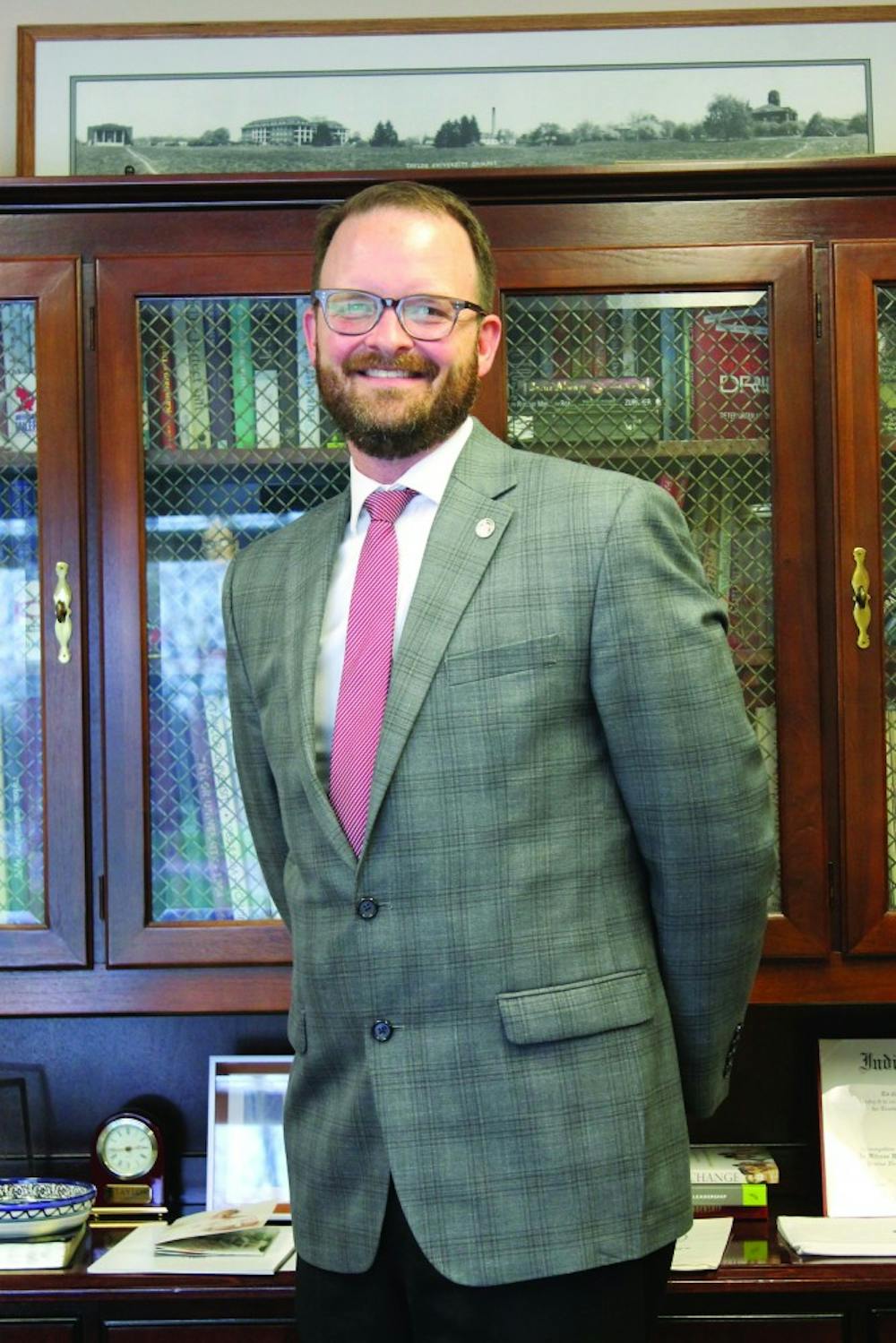By Drew Shriner | Echo
Spanish surrealist Salvador Dalí is one of the most well-known artists of the 20th century. The possible connection between his works and Taylor University was virtually unknown . . . until today.
Executive Director of Development Mike Falder grew up with a few fine-art prints hanging on the walls of his parents' home. His parents purchased two Salvador Dalí prints in the early '70s. When his parents passed away in the mid-2000s, two of the prints came to him as a part of the estate. In 2009, Falder decided to let the Taylor art department take the prints on loan for educational use and protection from damage.
"I was just happy that they were out of my house and that they were in a climate controlled area where they weren't going to get damaged," Falder said.
Once at Taylor, the prints ended up in storage, and they were left relatively untouched for the next nine years.
It was only this spring that Professor of Art and Gilkison Chair Rachel Smith suggested to senior Emily Campbell that she could research these prints. Campbell was traveling to Florida over spring break and planned on visiting the Salvador Dalí Museum in St. Petersburg, Florida. Smith remembered the prints and asked Campbell if she would be interested in asking someone at the museum for more information on them.
This began a long research project for Campbell, in which she discovered the names of the two prints, "Cavalier à la Rose" and "Amazone," their background and their potential authenticity.
Due to their age, condition and the presence of a signature and number, Campbell and Smith are optimistic that the prints are authentic works produced by Dalí and his studio. They cannot authenticate the prints themselves, but they are assessing various options for official authentication and appraisal.
If the prints are to be proven Dalí works, the works will benefit the Taylor art department in many ways.
"It would add to a small but growing collection of originals by major artists of the 20th century that both our art students could make use of when learning about art history, but also learning about the practices of fine-art printmaking," Smith said.
Students could potentially study the prints to learn about the history of surrealism hands on.
Campbell sees her research as an educational experience in the field that she is interested in pursuing and an opportunity to work with great people.
"It's definitely a resume-booster," Campbell said. "But more than anything, it's given me an opportunity to work with some incredible professionals - Mr. Falder as well as Dr. Smith - and to get a feel for how it is working under people who know so much and have the skill set to direct you in what you are looking for. . . . I think that's going to be very helpful going into a university setting where I will be studying under professors whose entire job is art history, and that's what I'm there to learn from them."
The prints are currently still in storage, and Falder, Smith and Campbell will look into possible restoration of the prints after the authentication process. Falder intends to leave the prints on loan to Taylor, to be used for educational purposes for the foreseeable future.





